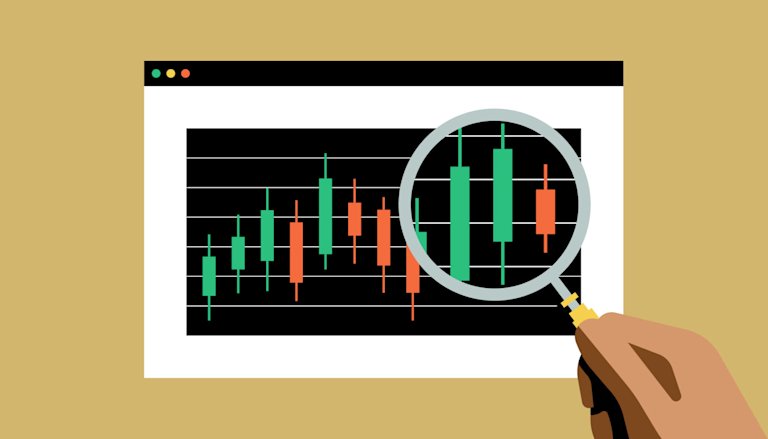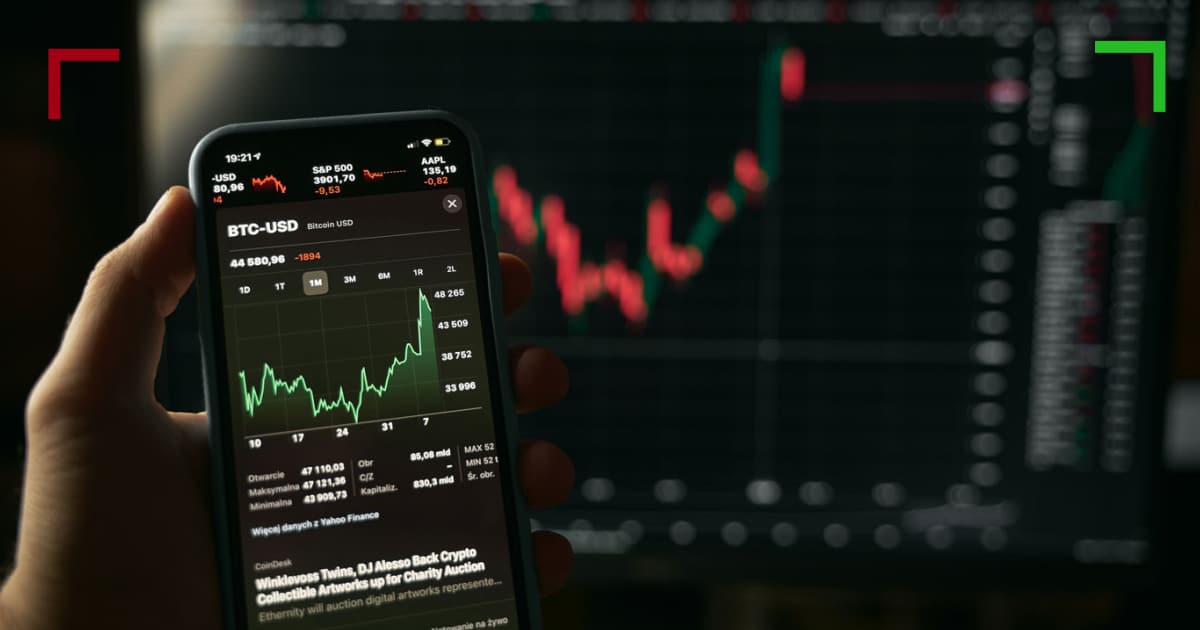
Understanding the Power of Crypto Trading Indicators
In the ever-evolving world of cryptocurrency trading, making informed decisions is crucial for success. One of the most effective ways to enhance your trading strategy is by utilizing crypto trading indicators. These tools help traders analyze market trends, forecast price movements, and optimize entry and exit points for their trades. If you are new to cryptocurrency or looking to refine your trading skills, it’s essential to understand how these indicators work. To dive deeper into this fascinating topic, Crypto Trading Indicators click here to explore resources that can aid your learning journey.
What Are Crypto Trading Indicators?
Crypto trading indicators are statistical tools used by traders to gauge market conditions and make better trading decisions. They rely on historical price and volume data to provide insights into potential future price movements. There are two main categories of trading indicators: leading and lagging.
Leading Indicators
Leading indicators aim to predict future price movements and provide signals ahead of actual price changes. They are helpful in identifying buying or selling opportunities before they happen. Some of the most commonly used leading indicators include:
- Relative Strength Index (RSI): This momentum oscillator measures the speed and change of price movements. The RSI moves between 0 to 100 and is typically used to identify overbought or oversold conditions in a market.
- Moving Average Convergence Divergence (MACD): This indicator indicates momentum and trend direction by displaying the relationship between two moving averages of a security’s price. Traders use MACD to spot changes in the strength, direction, momentum, and duration of a trend.
- Bollinger Bands: This volatility indicator consists of a middle band and two outer bands. It helps traders determine whether prices are high or low on a relative basis. The bands widen during high volatility and contract during low volatility.

Lagging Indicators
Lagging indicators are tools that provide signals after a price trend has occurred. While they do not predict future movements, they confirm trends and can help traders take advantage of existing trends. Common lagging indicators include:
- Simple Moving Average (SMA): The SMA is the average price of an asset over a specific number of periods. It helps traders filter out market noise and determine the overall direction of the trend.
- Exponential Moving Average (EMA): Similar to the SMA, the EMA gives more weight to the most recent prices, making it more responsive to recent price changes. It is particularly useful for identifying short-term trend reversals.
- Average Directional Index (ADX): The ADX measures the strength of a trend, allowing traders to identify ranging and trending markets. An ADX reading above 25 indicates a strong trend, while a reading below 20 suggests a weak trend.

How to Use Crypto Trading Indicators Effectively
While crypto trading indicators are powerful tools, their effectiveness depends on how traders use them. Here are some best practices for integrating indicators into your trading strategy:
- Combine Indicators: Relying on a single indicator can lead to misleading signals. Combining different indicators helps traders gain a more comprehensive view of the market. For example, using an RSI in conjunction with MACD can provide more reliable entry and exit points.
- Adjust Settings: Many indicators can be customized to fit your trading style. Adjusting the settings based on the market conditions and your trading strategy can improve the accuracy of the signals you receive.
- Consider Market Context: Indicators should not be used in isolation. It’s essential to consider the overall market context, economic news, and events that may impact price movements. Integrating technical analysis with fundamental analysis provides a holistic approach to trading.
Common Mistakes to Avoid with Crypto Trading Indicators
Even experienced traders can fall into traps when using crypto trading indicators. Here are some common mistakes to avoid:
- Overtrading: Excessive reliance on indicators can lead to overtrading. Traders may act on signals too frequently, resulting in unnecessary losses. It’s crucial to be patient and make informed decisions.
- Ignoring Risk Management: Even the most reliable indicators can produce false signals. Always practice proper risk management by setting stop losses and only risking a small portion of your trading capital on any single trade.
- Neglecting Backtesting: Before using an indicator in live trading, it’s advisable to backtest it on historical data. This process helps determine its effectiveness and allows for fine-tuning your approach.
Choosing the Right Indicators for Your Strategy
Not all indicators will suit every trader. The choice of indicators largely depends on your trading style, time horizon, and the cryptocurrency market segment you are focused on. Here are some considerations when selecting indicators:
- Day Trading vs. Swing Trading: Day traders may prefer faster, more responsive indicators like the EMA, while swing traders may rely on the SMA for longer-term trends.
- Volatility and Trends: Different cryptocurrencies exhibit varying levels of volatility. Consider using Bollinger Bands for volatile assets and ADX for trending markets.
- Personal Comfort: Ultimately, the best indicators are the ones you understand and feel comfortable using. Take the time to learn how each indicator works and how it fits into your overall strategy.
Conclusion
Crypto trading indicators serve as invaluable tools for traders looking to make informed decisions in a highly volatile market. Understanding the different types of indicators, their applications, and best practices can significantly improve your trading experience. By combining various indicators and staying aware of market context, you can enhance your ability to predict price movements and optimize your trading strategy. As with any trading approach, it’s essential to remain disciplined, practice good risk management, and continuously educate yourself to adapt to the ever-changing world of cryptocurrency.
Leave a Reply